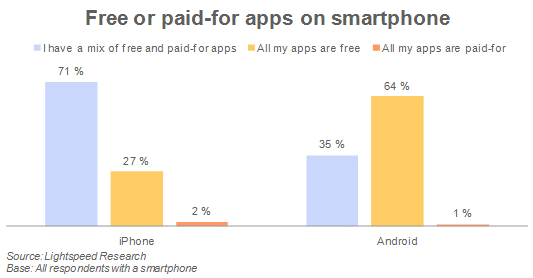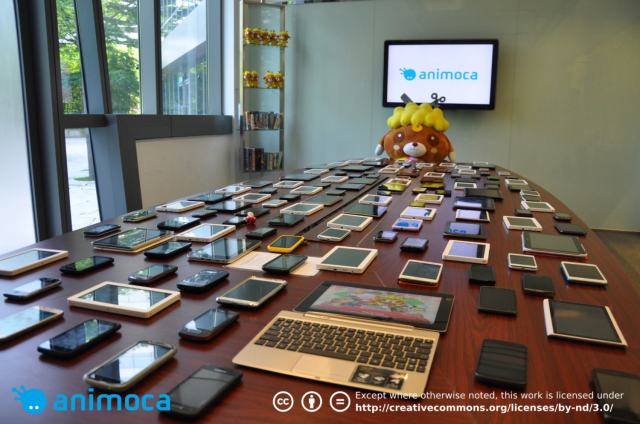August is nearly over, and so are the holidays for most. The blogosphere is a bit slow, but luckily some eager beavers have been writing great mobile blog posts, which makes us excited to yet again host the Carnival of the Mobilists. Thanks to the contributors this week for keeping up the quality content about the mobile industry.
Be sure to follow the COM on Twitter (@TheMobilists) to find out what’s happening within the COMmunity. To help spread the word, please tweet this post using the hash tag #com280.
BYOD
Most would be familiar with BYO (which in Australia is actually quite accepted to do in a restaurant). Add the ‘D’ to this, and you presumably get a headache for CIOs all around the world. Brian Katz takes offense to those complaining about this issue though, arguing that people have been bringing their own devices for years. We completely agree with Brian. In fact, Time Magazine recently ran an article on how BYOD is a game changer for education. Message to CIOs: Embrace it! Thank your lucky stars, and get with the program.
What apps are and are not
Two seemingly different stories relate to the very same topic: When developing mobile apps from an enterprise perspective (whether to your partners or employees, or to your customers), one needs to define the mobile experience as a subset of the overall experience, not as an isolated mobile experience. Jeff Hasen’s article on Mobilegroove’s summary of the Mobile Insider Summit gives a good account of Wells Fargo’s approach to mobile, and how their mobile apps and services interact with their overall offerings and other distribution channels, physical or online. Equally, the Lowe’s example shows how their mobile apps tie into their overall CRM efforts. Brian Katz again talks about this issue in summarizing a Twitter chat on Enterprise Mobile Apps, which is well worth a read.
Pick of the week
Many attribute the mobile data explosion to the iPhone or to Smartphones. But feature phones are perfectly capable data phones, and the app economy would never have taken place without reasonable data plans from operators. Yet, operators have not moved with the times, as Lisa Cinagiulli points out in the article “What We Learned from Kindergarten Now Applies to Mobile Data Plans“. We loved this article, as it points out the need for personalized data plans not just based on usage, but on the family’s usage (which is clever if you are an operator, knowing that treating your customers nice when they are kids just may make them stay on at a later stage). Of course, we would prefer near unlimited plans, with caps applying to the data hogs (frequent YouTube’ers and the likes) and let the rest of us not worry about usage!
Lastly, we encourage you to read our post on how mobile app developers increasingly are required to be marketers in order to achieve financial success with their apps. We offer some advice on how you can embed features in your apps in order to attract users, rather than spend it all on SEM or display. We thank you for reading, and encourage you to look out for next week’s COM, #281!









